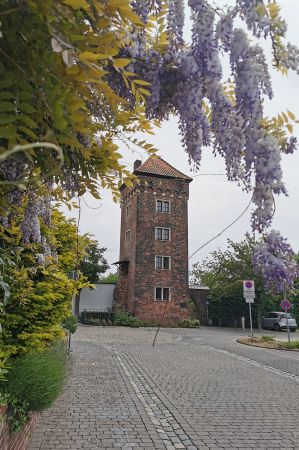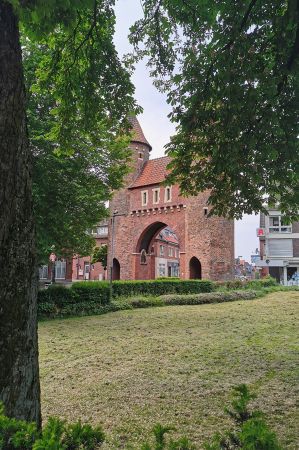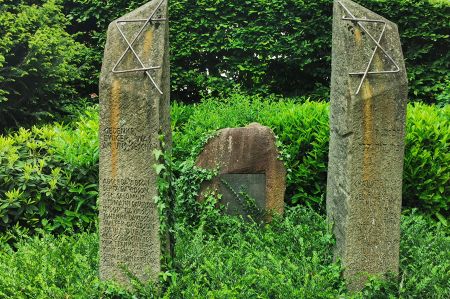Tour of Dülmen – Wiesmann Roadster in memory
- Written by Portal Editor
It's been years since we were last in Dülmen, the time to extensively visit the excellent, universal leather tailoring of the Wiesmann brothers' sports car manufacturer, and of course the sports car manufacturer itself for an arranged test drive of an MF2X.
But more on that later.
Nonnenturm, Lorenkenturm and the Lüdinghauser Tor


The oldest surviving buildings also include the oldest church in Dülmen, St. Viktor, which was founded in 780 and is named after Viktor von Xanten.
Via the Nonnenwall we reach the former Jewish cemetery, where today a memorial commemorates the pogroms of the Nazi era. Lüdinghauser Tor can already be seen in the background. The gate (or Lüdinghauser Pforte or Ludinchuser Porten) was probably built in the 14th century as a wooden gate as part of the city fortifications.
In the course of the ban, a pedestrian passage was broken first in the western and later in the eastern tower. In 1908, as part of the preparations for the 600th anniversary of the city in 1911, the two towers were re-roofed and the stone connection was built as a characteristic central building.
Holy Cross Church and Anna Katharina Emmerick
On October 4, 1936, Dominikus Böhm received the order to build a parish church that would also serve as a burial and pilgrimage church for Anna Katharina Emmerick. On March 22, 1945, the church was destroyed by bombs, with the exception of the chancel and tower. The reconstruction of the building took place until 1953, the baptistery was not rebuilt. The entrance area was also changed, instead of the previous five entrance doors, it was reduced to three portals. The church was extensively renovated in the years 1971 to 1974 and renovated and redesigned in 2004 to 2005 by the architects Feja and Kemper. During the redesign, the altar was moved to the middle.
We continue on our way and get to the castle park, which we cross along the pond. The castle was located at the point where today's Halterner Strasse leads into the city centre of Dülmen. Initially, the dukes resided in various town houses until they acquired the Dolhofen property on Burgstrasse. The area was expanded beyond the medieval city limits. The construction of the palace in Empire style began in 1834, when Duke Alfred von Croÿ laid the foundation stone. The first drafts went back to a nephew, but the final design of the neoclassical facade was the responsibility of the Milanese architect Brey. With the completion in 1844, the planning for the design of the castle garden with boiler house and glass greenhouses was carried out by Schinkel's student August Stüler. In 1861 the castle garden was transformed into a landscape garden. A monumental arch was built on the forecourt. During the Second World War, the castle was destroyed in 1945 and never rebuilt.
We return to the city centre and enjoy the wonderful sun in a café at the market. The many cyclists who probably had similar thoughts are striking, because Dülmen has a large network of cycle paths, which makes it a destination especially for the nearby Ruhr area. Also striking is the term "wild horses", which appears again and again, whether as the name of a hotel, a restaurant, a street or .... We will learn more.
Please read more:
Lucky Troubles – Blues during Caravaning Festival Warsaw
Excavations in Siculi - Magna Grecia Part 2
-
-
-
-
-
-
https://www.alaturka.info/en/germany/north-rhine-westphalia/6144-tour-of-duelmen-wiesmann-roadster-in-memory/amp#sigProId8f88998ec2
